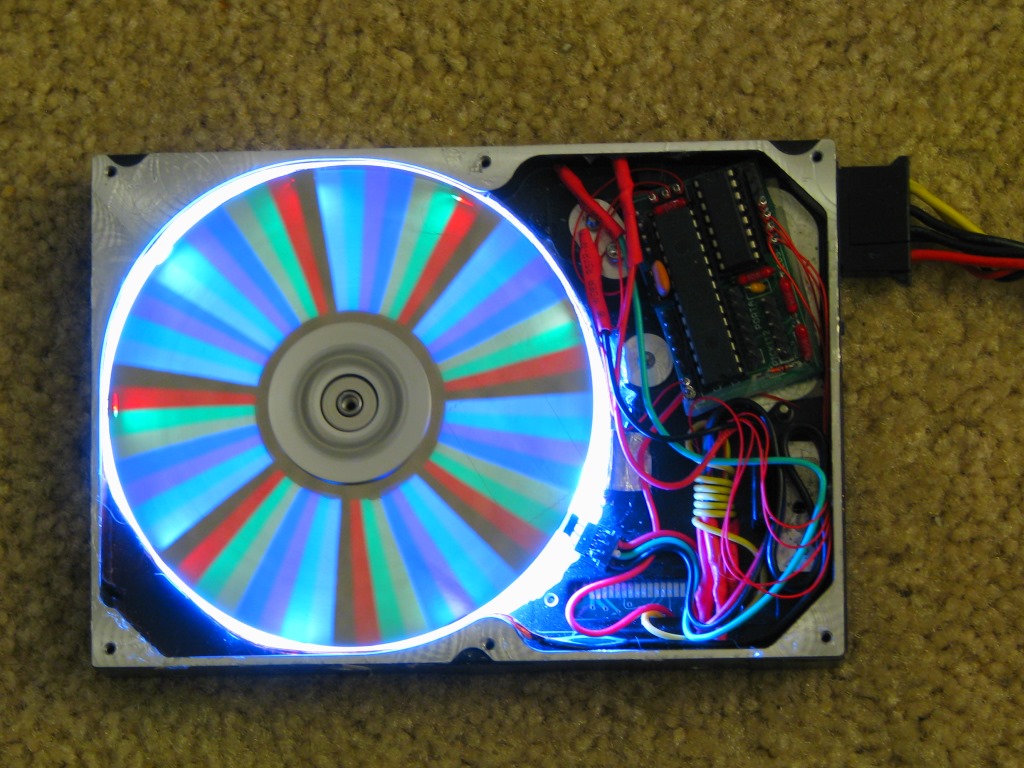

However, some tips on how to start Conky may include opening a terminal and running the Conky command with various options, or using a graphical user interface to configure Conky. There is no one definitive answer to this question, as the process for starting Conky will vary depending on the user’s specific system and configuration. Change the following in /home/your_user-name/.conkyrc with gedit (or your favorite text editor). You must first install the necessary packages in order to use it. The Conky feature, which is similar to screenlets in many ways, has much more flexibility. Click the Add button and enter the following information: Name: Conky Command: /usr/bin/conky Comment: A system monitor for X Click the Add button and Conky will now start automatically when you login. To do this, open the System Settings application and go to the Startup Applications section. Once you have Conky configured, you can add it to your startup applications so that it will start automatically when you login. Conky’s configuration is very flexible, so you can customize it to fit your needs. In the configuration file, you can set the size, position, and appearance of Conky’s display, as well as which system variables to display and how often to update the information. You can edit the configuration file using any text editor, such as gedit or vi. The configuration file is located in your home directory at ~/.conkyrc. Once Conky is running, you can configure it by editing the configuration file. Once Conky is installed, you can start it from the Applications menu. Conky can be installed from the repositories of most Linux distributions. To configure Conky, you will first need to install it. Conky is also able to display information from the Internet such as weather reports, Google Mail checker, and RSS feeds. It is highly configurable and is able to monitor many system variables including CPU, memory, swap, disk space, temperature, top, upload, download, and much more. Conky is a free, light-weight system monitor for X, that displays any information on your desktop.


 0 kommentar(er)
0 kommentar(er)
